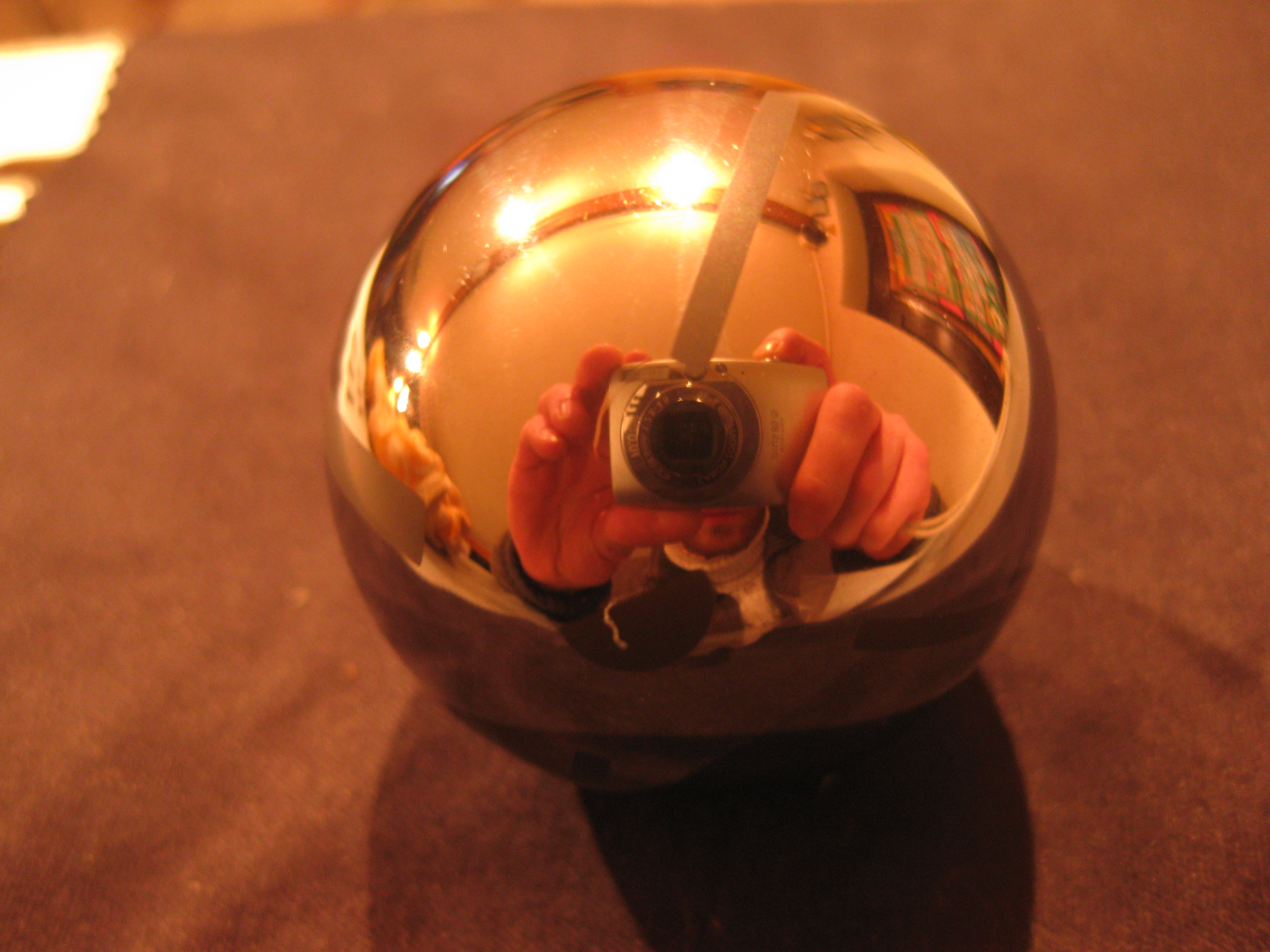(ATF) Chinese survey teams have found numerous deposits of a rare metal used in the manufacture of nuclear energy and rockets, potentially adding another point of tension surrounding Beijing’s hopes to dominate supply of the valuable minerals.
In “grey stones” discovered in China’s northwestern Xinjiang region the teams found one of the rarest elements, beryllium. The metal is highly toxic and may even cause cancer.
The metal is an indispensable raw material in the missile, aviation, and metallurgical industries, and an excellent material for satellites.
Beryllium is not strictly a rare earth but its scarcity and versatility makes it a much sought-after metal. Known worldwide stocks amount to only a few thousand tons. The amount of beryllium metal discovered in Xinjiang is estimated to exceed 4,000 tons.
Mining of the 17 rare earths, which are used to make electronic devices from smartphones to weapons, has become a new front in the Sino-US trade war. China controls the world’s largest deposits of the minerals, potentially putting American tech companies at risk of Chinese sanctions.
ORE WAR: China threatens rare earths blacklist as trade war expands
While the US has said it will develop its own mines in a bid to sidestep Chinese producers, Beijing has seen an opportunity to leverage its domination of the market and threatened to slap penalties on companies that reduce its market share. The blacklist will operate in a similar way to US rules that prevent firms transacting with sanctioned Chinese producers, such as Huawei.
The new discovery would make Xinjiang’s beryllium mine the largest in the world, which undoubtedly provides a favourable guarantee for China to manufacture various high-end weapons, according to Sina.com.
China recently discovered associated cobalt ore in the Jinchuan nickel sulfide mine in Gansu Province, which has also become China’s largest mine with proven cobalt reserves. The world’s land reserves of cobalt are approximately 1.48 million tons, of which China has approximately 470,000 tons , accounting for 31% of world reserves.
























